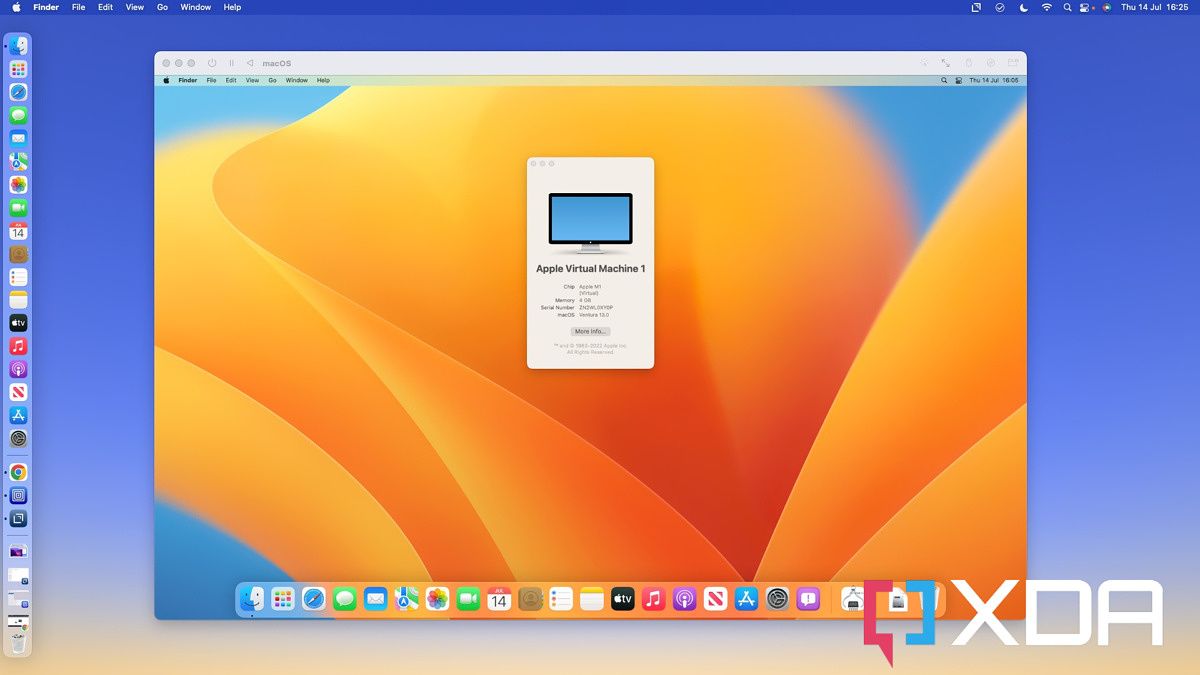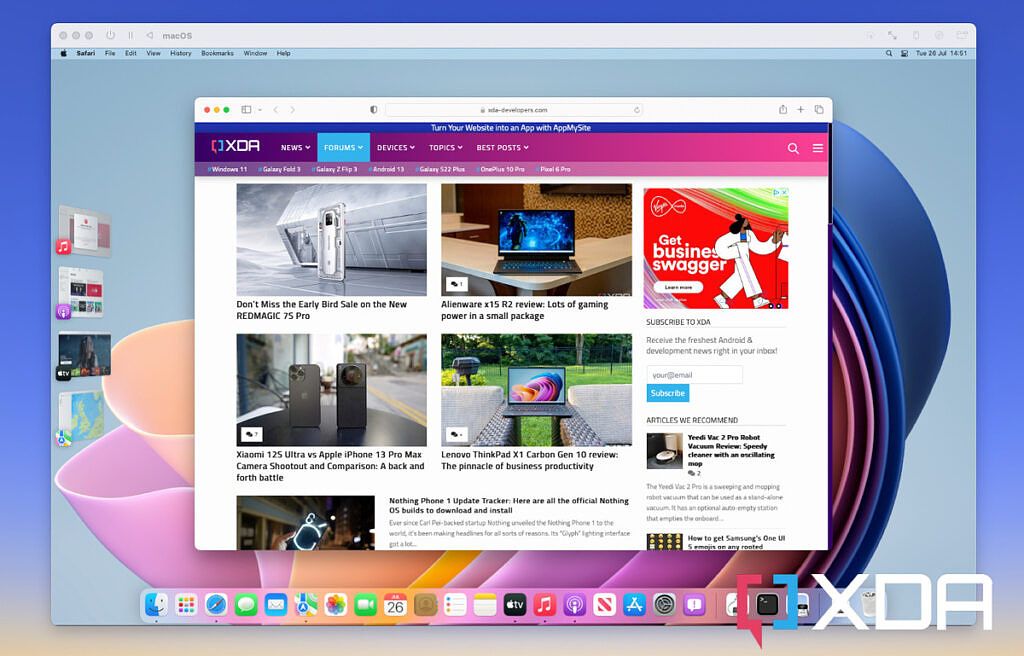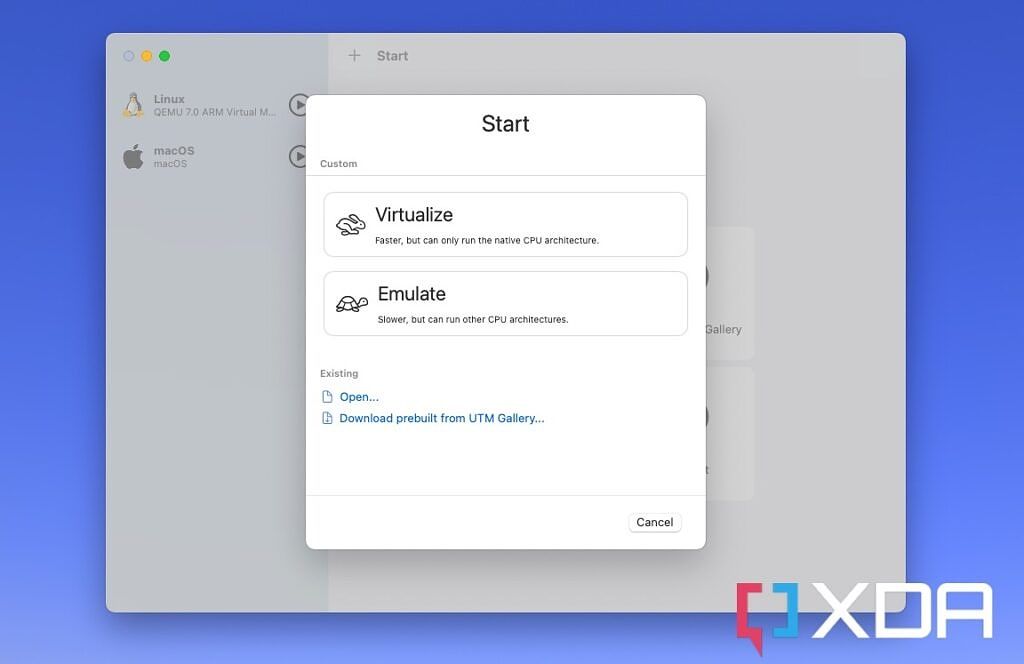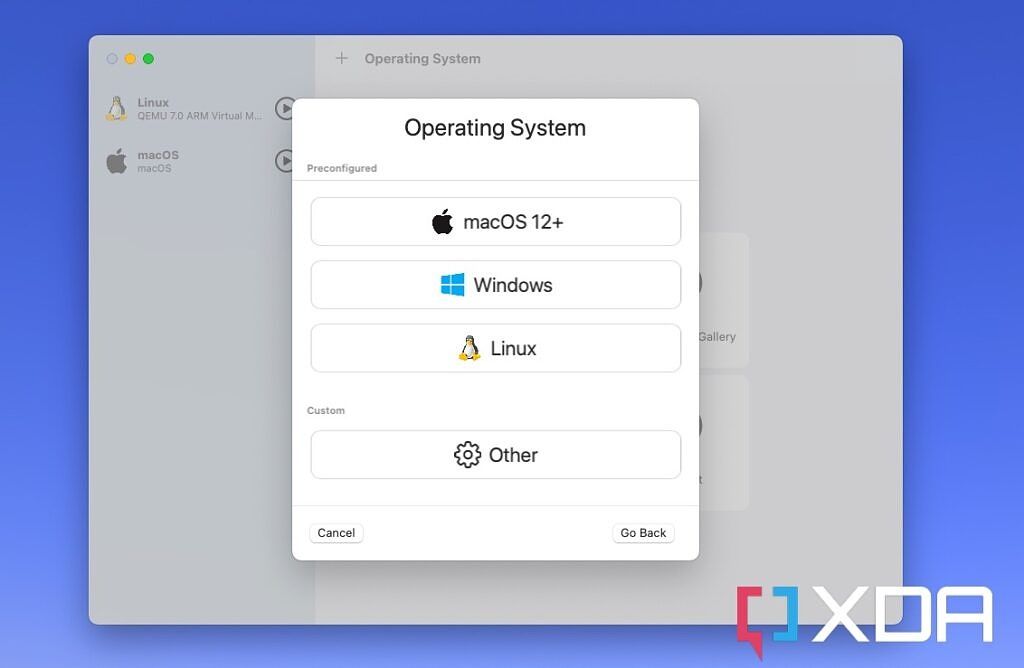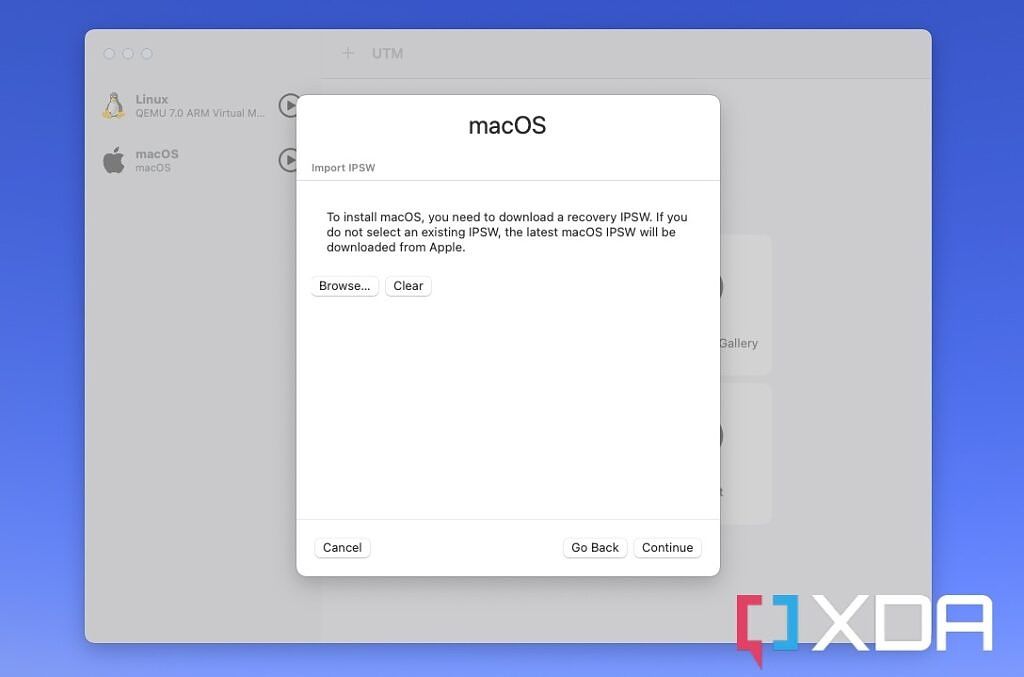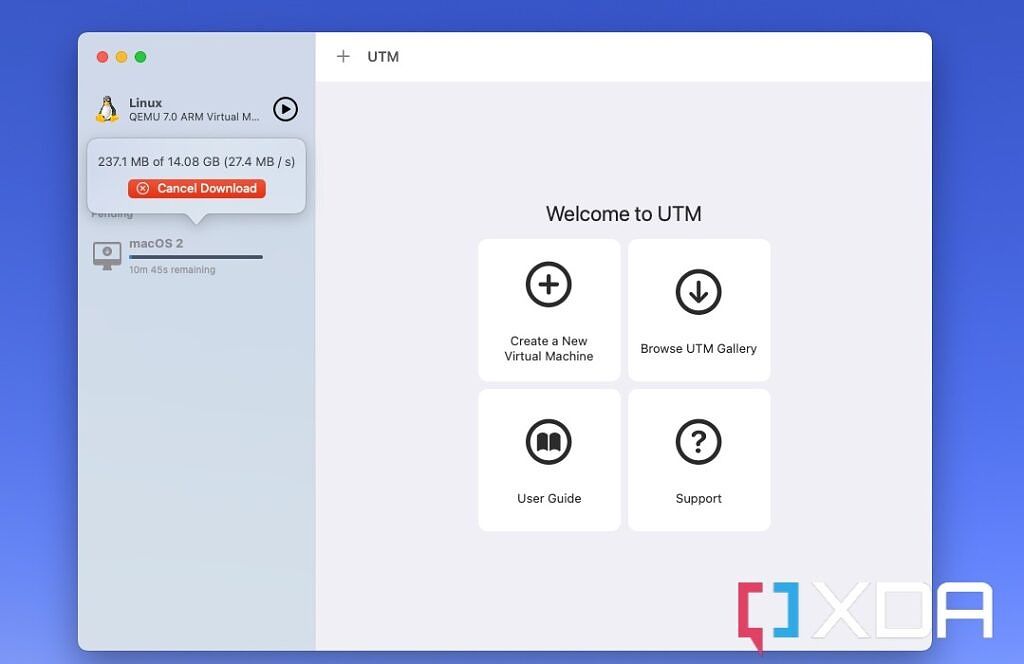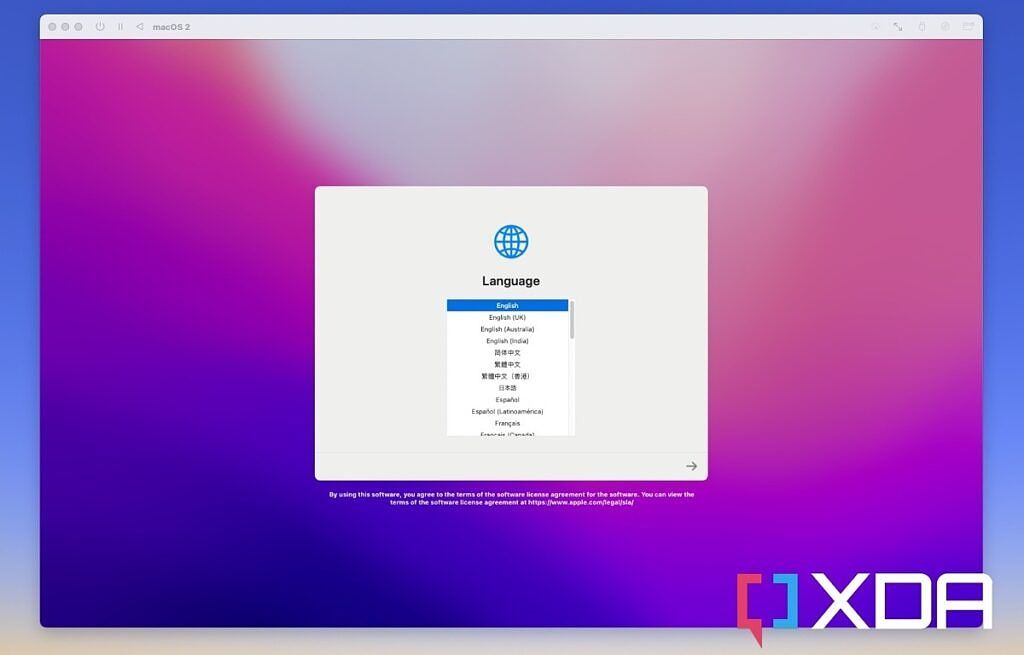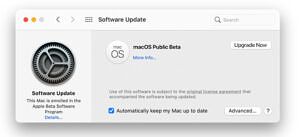Apple's next version of macOS, Ventura, is now available to the public to try out. But, the macOS Ventura beta isn't finished and so caution should always be applied. You probably don't want to go ahead and throw it on your main machine just yet. Especially not if it's the only one you have.
That's where virtual machines (VM) come into play. Whichever of today's best Macs you're using, be that an Intel Mac or you're on Apple Silicon, it's perfectly possible to set up a macOS Ventura VM. There isn't one single method, but the one we're highlighting here is probably the easiest. It uses a free app, makes use of the Apple Virtualization Framework for the best performance, and doesn't matter if you're on Intel or Apple Silicon.
Here's what you need to do.
Before you begin
Before you begin you're going to need a couple of things. The first is the VM client and the second is sufficient space on your Mac to build said VM. You don't have to supply hundreds of GBs of space, but at the very least you should make sure you have 64GB spare.
Then you need the software, and in this guide, we'll be using UTM. It's a free and open-source application that you can download from GitHub. Alternatively, there's a paid version in the Mac App Store which is identical but helps fund continued development. Once you've installed UTM it's time to get building our Ventura VM.
How to install the macOS Ventura beta in a virtual machine
It's possible to install macOS VMs in UTM using an IPSW restore file, however, there's an additional download that needs to happen to enable this. At least there is for Ventura, since UTM's automated setup uses IPSW files, too. Unfortunately, every time we tried to use one for macOS Ventura, there was an error. So we're going to go the longer way around. It takes a little more time, but it's still really easy, and definitely works.
Open up UTM and follow these steps.
1. Click the + button.
2. Select Virtualize.
3. Select macOS 12+.
4. Ignore the message about using an IPSW file and click Continue.
5. Follow the on-screen prompts to decide on how much memory, how many CPU cores and how much storage you want to give your VM. When you're happy, click Save.
UTM will now proceed to download the latest version of the macOS IPSW from Apple's servers. Right now that's of course going to be Monterey. Once the download has finished, hit the Play button next to your VM to begin the installation. This will take a little while, how long will depend on your hardware.
Once the process has completed you will be looking at a factory fresh installation of macOS Monterey, as pictured below.
But we don't want Monterey, do we? No. But for now it works and it's easy. From here it's simply a case of setting up your new virtual Mac as you would a physical one. Skip the part where you sign in to iCloud for now, you don't need it and it speeds everything up.
Once you're on the Monterey desktop, it's now a case of signing up for the Apple macOS public beta, just as if this were your physical Mac. Go to the Apple public beta site, log in with your Apple ID and enroll your Mac. You'll be given a download link to the macOS Public Beta Access Utility which you can install and use as you would on your regular Mac. The tool will then enroll your virtual machine and prompt you to download macOS Ventura. Click the Upgrade Now button to begin the process.
That's all you need to do now besides wait for the upgrade to install and reboot. When it comes back up you'll be staring at a brand new installation of the macOS Ventura beta. If for any reason you didn't provide enough hardware resources, or you need to change the display resolution of the VM, first shut it down. Then right-click on the VM and select Edit.
There aren't many features to change, so it's extremely easy to use for beginners. But using the Apple Virtualization Framework you'll be getting near-native performance and so it's a perfect way to check out Ventura before it launches this fall.

